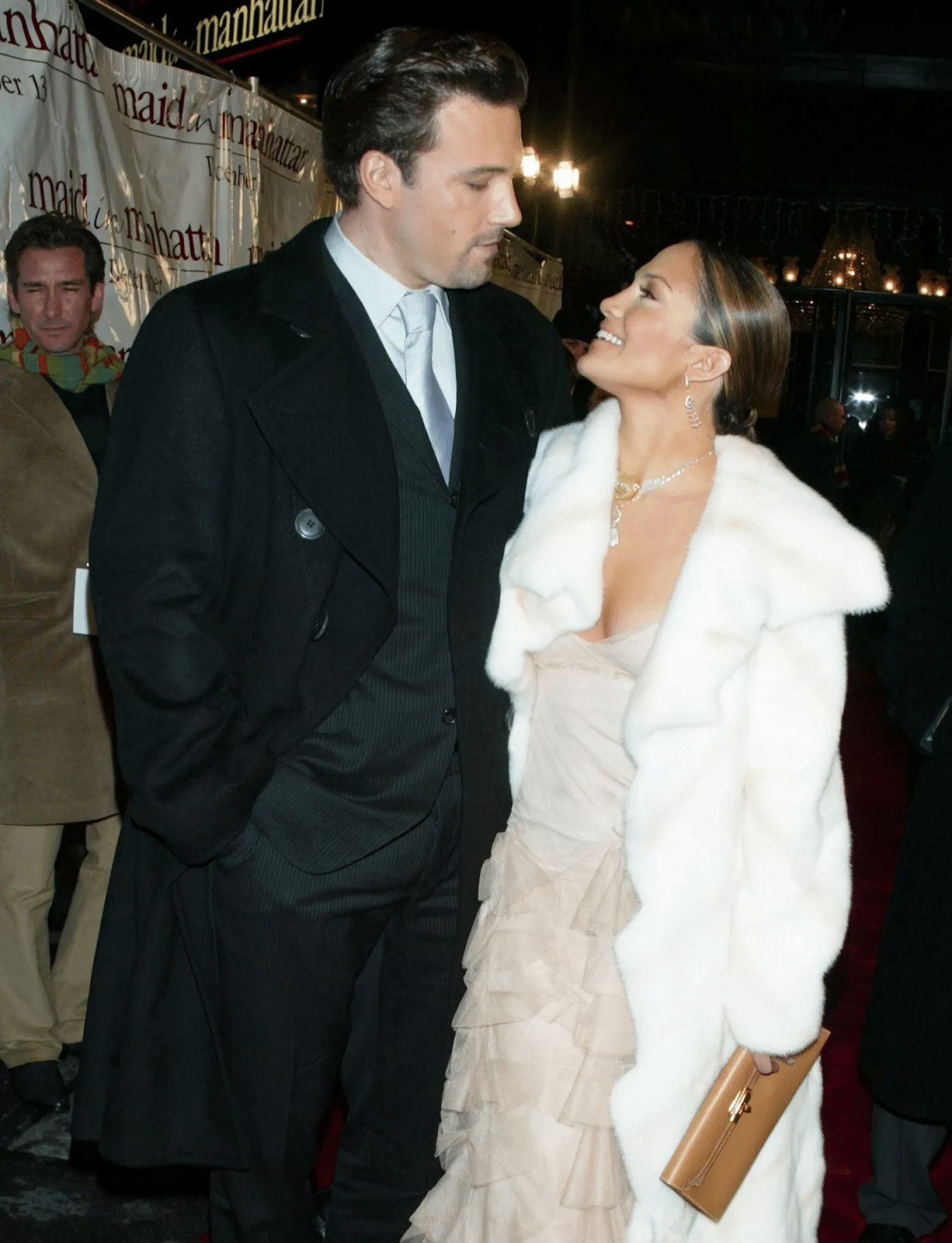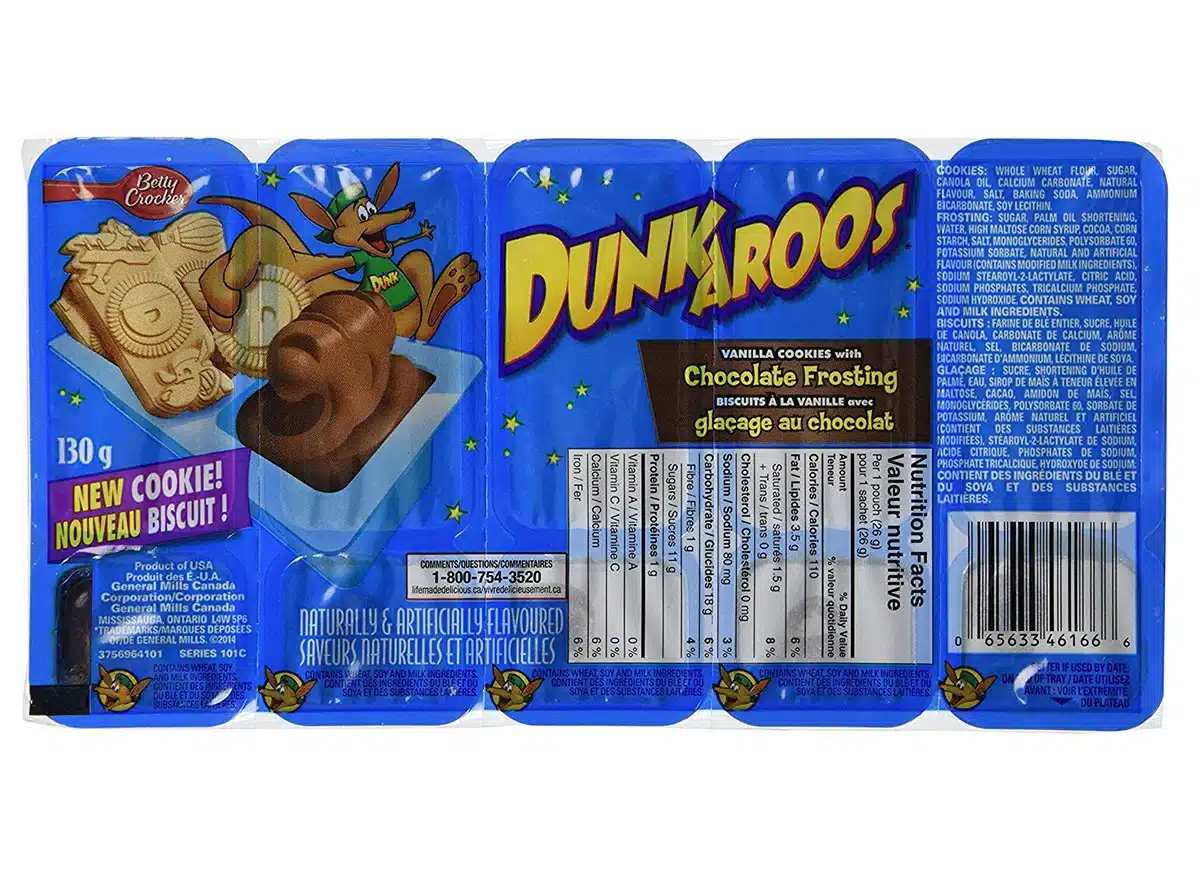Although the original jukebox is not the type we see today, we can’t forget the silhouette of a bubbler jukebox in many American diners. Thinking back to the old times, you can almost hear Blondie’s Heart of Glass or Patsy Cline’s Crazy playing smoothly from the listening tubes of the large box. Here are some iconic events in the history of the jukebox.
Where it all originated from
Initially, jukeboxes were called Coin Operated Phonographs or Automatic Phonographs until the 1930’s. Thomas Edison invented the machine in the 1880s without any big plans. However, Louis Glass and William Arnold modified it with a coin mechanism in 1890.
Capable of playing only one song, the machine made about $1,000 within the first six months of service. But in 1906, the John Gabel Manufacturing Company produced the first multi-selection phonograph, which could play 24 songs. Hobart Niblack developed a device that could automatically change records twelve years later.
A widely accepted entertainment medium
Around the same time the first selective jukebox was developed and patented, electronically recorded music was introduced. After the debut of the first selective jukeboxes in 1927 by the Automated Musical Instrument Company, jukeboxes became very popular in contemporary America.
During the Great Depression, when people were open to different forms of inexpensive entertainment, jukeboxes made their large-scale into the music world. Companies like Seeburg, Rock-Ola, Wurlitzer, and AMI were the leading manufacturers of jukeboxes then (starting from the 1920s).
A welcome sight and a tool of rebellion
In the 1940s, the end of the War paved the way for a rise in the popularity of jukeboxes. They quickly became a symbol of euphoria and celebration. Having experienced a War that brought several calamities, the jukebox was a welcome sight for survivors.
Some parents stopped their children from listening to jazz music because they saw it as a bad influence. This even made jukeboxes more accepted by rebellious teenagers; they frequented dive bars where jukeboxes played music as a sign of revolt.
The silver age of jukeboxes
While some argue against it, most music historians credit the 1950s as the silver age of the jukebox. Considering advantages such as their ease of maintenance and cost-effectiveness, many diner and bar owners in America had no reason not to have a jukebox.
With the typical design highlights like the chrome, neon signs, and Formica tables of most diners in the 50s, the showy and elaborate aesthetics of jukeboxes were in perfect synchronization. Also, in this decade, most jukeboxes evolved to having 100 titles.
Technology and the fate of jukeboxes
From the 1970s, the meteoric rise of the jukeboxes started to decline, and the manufacturing companies began to produce less. With the invention of mobile devices with MP3 players, jukeboxes aren’t as famous as they used to be. But does that imply their extinction?
The jukebox remains a masterpiece as long as music and American diners are concerned- and it’s not disappearing soon. Rock-Ola is the only company producing original American jukeboxes today. However, these authentic jukeboxes now feature technological advancements like CD players.








